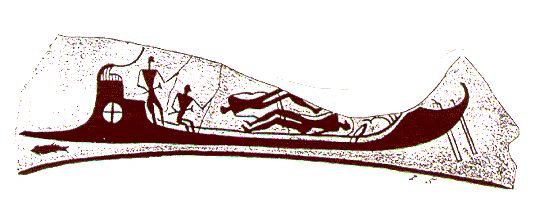Let's clear this up once and for all. There has been evidence of all sorts displayed for both sides of the argument, I would like to see all of the information consolidated here, so we can validate this argument or discard it altogether.
If anybody has any material on the matter, please post it here. Black Athena and other such publications would be a good start.
If anybody has any material on the matter, please post it here. Black Athena and other such publications would be a good start.







Comment